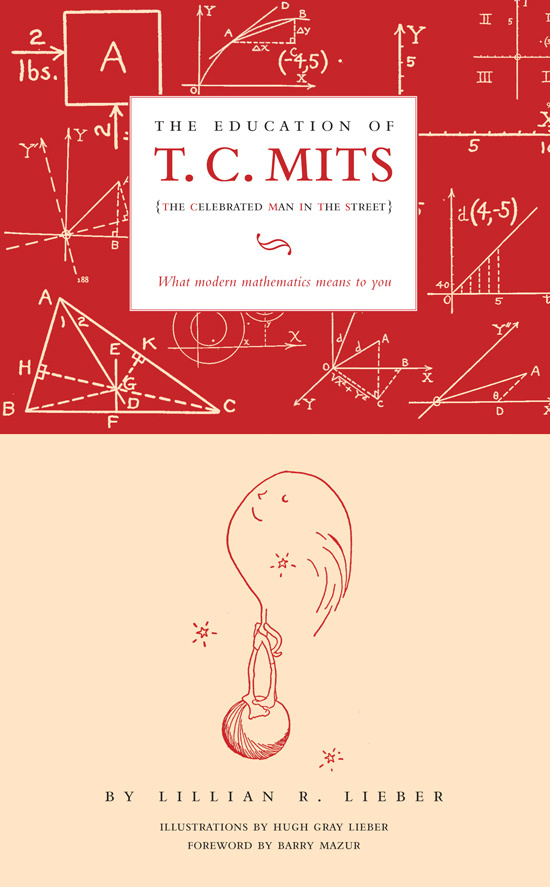What do you think?
Rate this book


230 pages, Paperback
First published June 1, 2007
This is not intended to be
free verse.
Writing each phrase on a separate line
facilitates rapid reading,
and everyone
is in a hurry
nowadays.
The First Floor, the CUBE,
contains all the scientific gadgets
with which we are all so familiar:
automobiles and refrigerators
and radios and airplanes...
Here we find
a great industrial laboratory--
this is where the gadgets are
invented, tried out, manufactured...
They are not concerned with
any practical applications of
their ideas.
They are the theoretical men--
they ask the most "useless" questions.
The fourth-floor mathematicians are
the ones who know the
Classical Mathematics of the past
and apply it to
the scientific findings...
On that top floor,
they draw geometric figures
on doughnuts and pretzels
(no fooling!)
and on rubber sheets.
And they have up there
Algebras and Arithmetics in which
twice two is NOT four!
SCIENCE IS INTERNATIONAL...
it is trying to tell us that
Hitler's racial theories are
utterly false.
It is also trying to tell us--
if we would only listen--
that co-operation is essential
for accomplishing things...
Thus we see that
Science is NOT AMORAL,
but has a PHILOSOPHY
to offer us...
the activities on the top floor
are trying to tell us that
HUMAN NATURE HAS
INFINITE POSSIBILITIES.